General idea
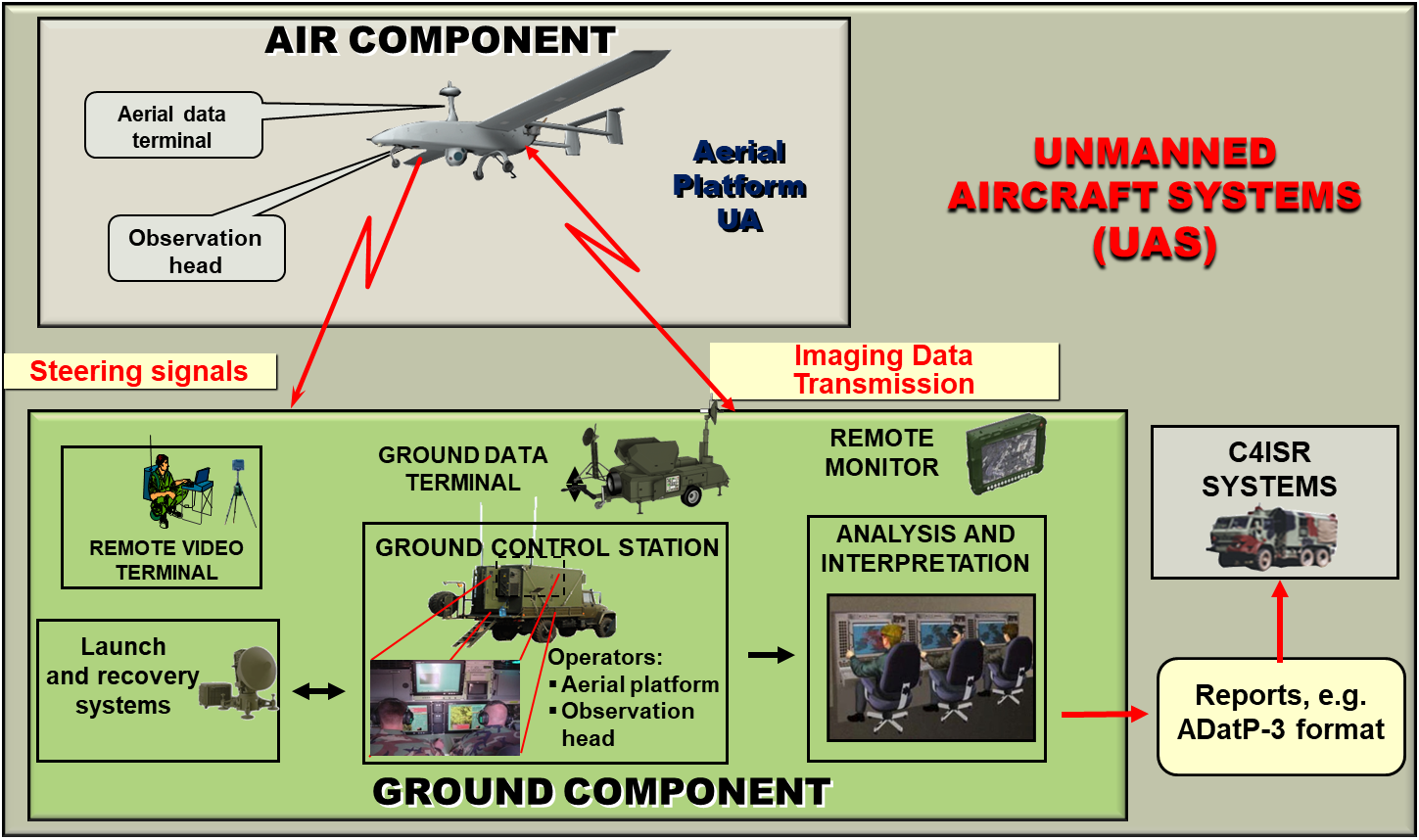

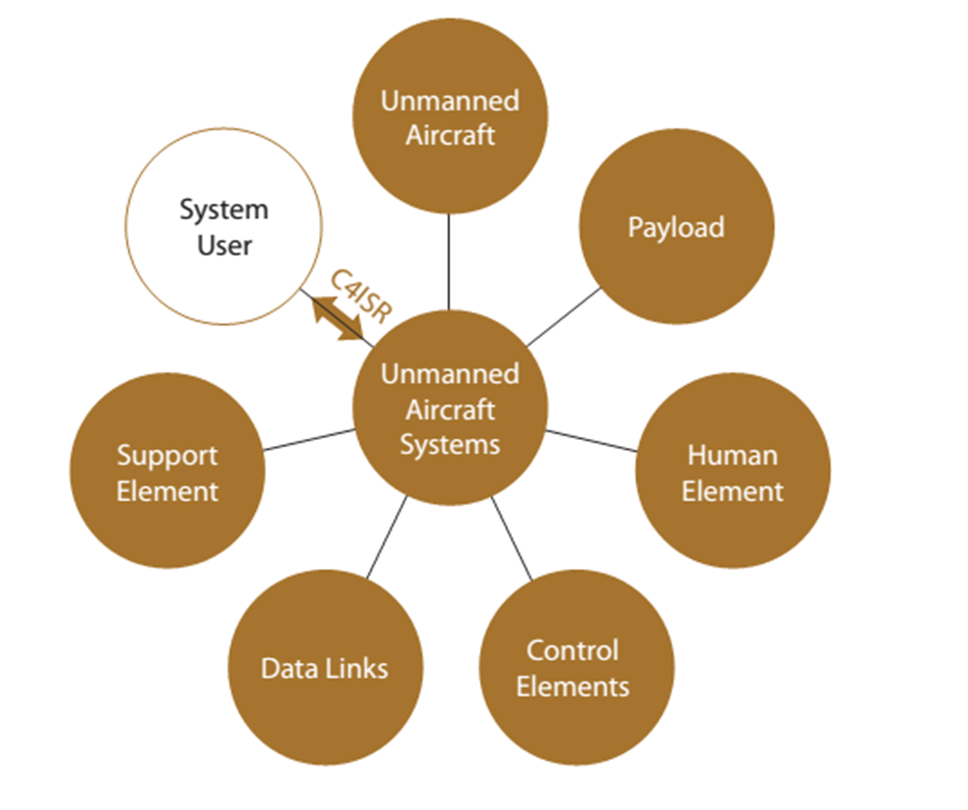
Payload
UA payloads include sensors, communications relay, weapons, and cargo. Payloads may be internally or externally carried.
Sensors
The majority of today’s payloads are imaging sensors, such as electro-optical (EO), infrared (Ir), and radar (synthetic aperture radar [SAR], inverse synthetic aperture radar [ISAR], and maritime search radar). In addition, there are ground, surface and maritime moving target indicators, light detection and ranging (LIDAR), chemical, biological, radiological, nuclear, or explosive detection, automated identification system, measurement and signature intelligence, and signals intelligence (SIGINT) sensors.
Sensor packages may also include a laser range finder and/or laser designator (LRF/D) capability. Future technological advancements may include sensor types, such as environmental, multispectral, and hyper spectral.
Communications relay payloads provide the capability to extend voice and data transmissions via the UA. Future communications gateway payloads may include bridging, range extension, and translation capabilities that will allow users to communicate between disparate types of radios, data links, and networks.
Weapons UA may employ both lethal and nonlethal weapons in order to achieve the desired effect. Current weapons employed by unmanned aircraft are in the 500-pound class or less and are usually Global Positioning System (GPS) or laser-guided.
Some non-lethal capabilities being considered for UAS employment include: electrical, directed energy, acoustics, chemical, kinetic energy, barriers and entanglements.
Cargo. Some UAS have the capability to utilize non-expendable payloads for delivery and/or pickup of supplies and equipment. One example is delivery of medical supplies to SOF units behind enemy lines, or, perhaps in the future to transport the wounded as well as personnel to various locations.
Human Element
This aspect of the UAS is typically not considered a separate element, but it is perhaps the most critical to successful UAS employment. The idea that UAS are “unmanned” is a misnomer. Although the aircraft itself is not manned, the system is manned. UAS require a certain amount of human involvement to prepare and execute the mission. For most UAS, primary personnel tasks include, but are not limited to, the operator (aircraft and/or payload), maintainer, mission commander, and intelligence analyst (for some UAS, intelligence analysts are not considered as part of the system). UAS personnel must be qualified in their particular area of involvement, and they must maintain currency in their particular aspect of operations. Commanders should take into account UAS operator fatigue and ensure units are sufficiently manned to accomplish missions without interruption.
Control Element
The control element, whether ground-based, sea-based, or airborne, handles aspects, such as Command and Control (C2), mission planning, payload control, and communications. The control element may contain various levels of C2 for the UAS. The portion of the control element where the UAS operator is physically located is referred to as the control station. Some UAS require two or more personnel to control the UA and payload, while other UA can be controlled by a single operator. Conversely, some control stations enable the control of multiple UA by a single operator. UA and payload control can be passed between control stations depending on the type of UAS and the mission requirements.
The physical location of the control station and transfer of control can vary greatly, depending on the mission and the commander’s requirements. Control stations can be fixed or mobile, based upon system optimization. Some control stations operate via LOS and are located in the operating area. Other UA are controlled via BLOS satellite communication (SATCOM), with the control station located outside the joint operations area. Based upon the specific UAS and associated network, data products may be transmitted through either inter/intra-theatre BLOS SATCOM or LOS routing.
Data Links
Data links include all means of communicating among the UA, UAS control element, and user, and are used for any means of data transfer. Data products may be transmitted directly to the user for immediate action and/or to another network for further exploitation and dissemination. The UA data links can be transmitted via either LOS or BLOS.
Support Element
Like manned aircraft, UAS require logistical support. This support element includes all of the precondition equipment to deploy, transport, maintain, launch, and recover the UA, and enable communications. For a small hand-launched system, relatively little support equipment will be needed, while larger systems typically require more support equipment.
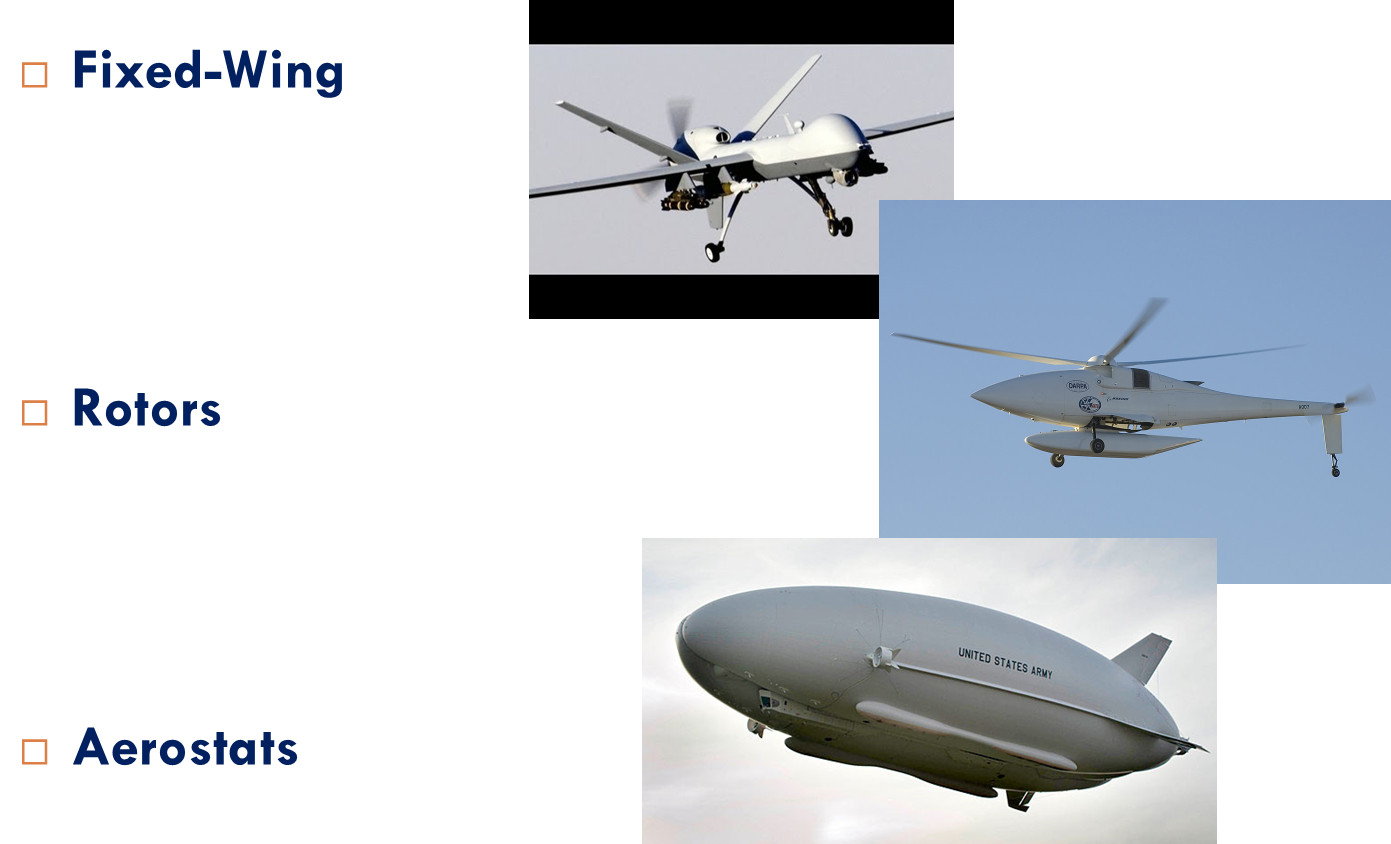
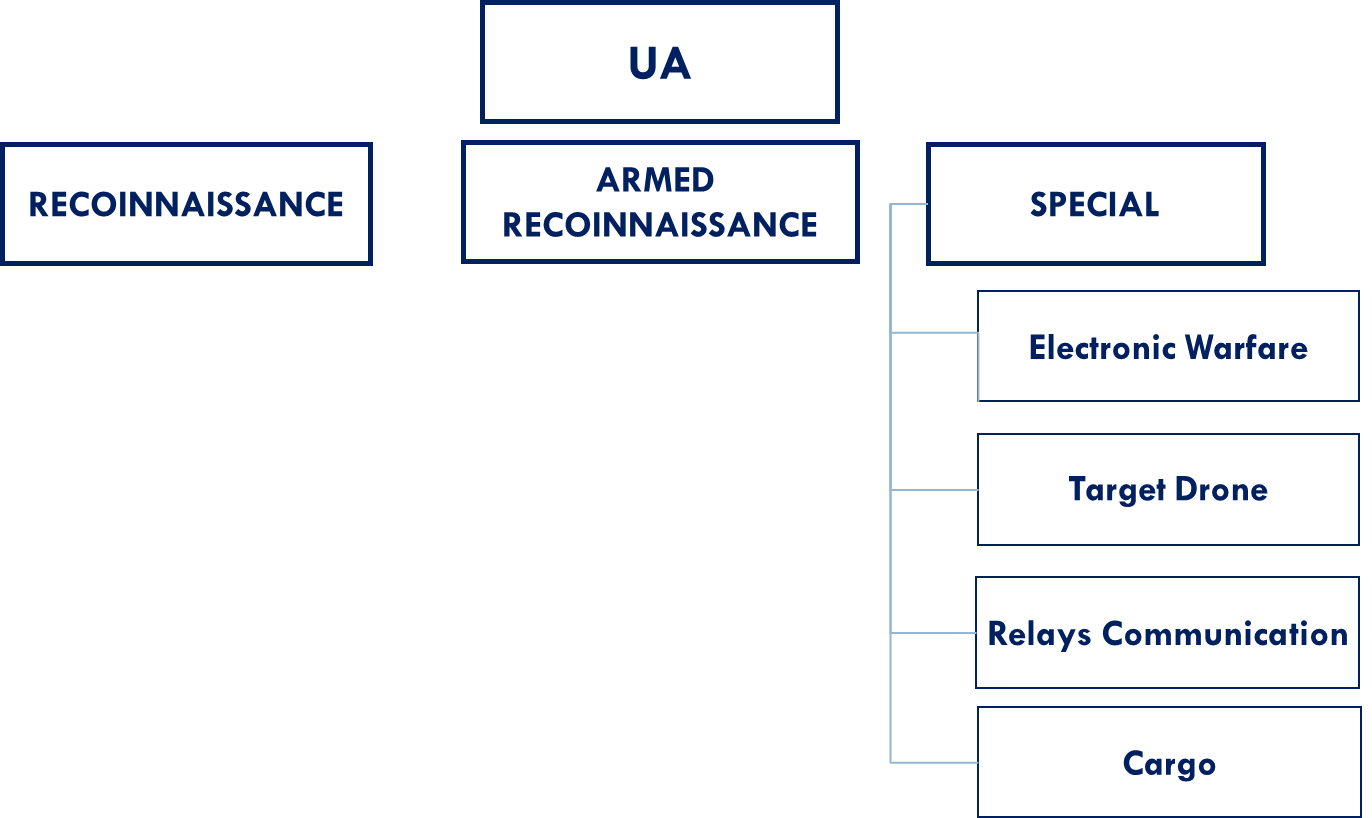
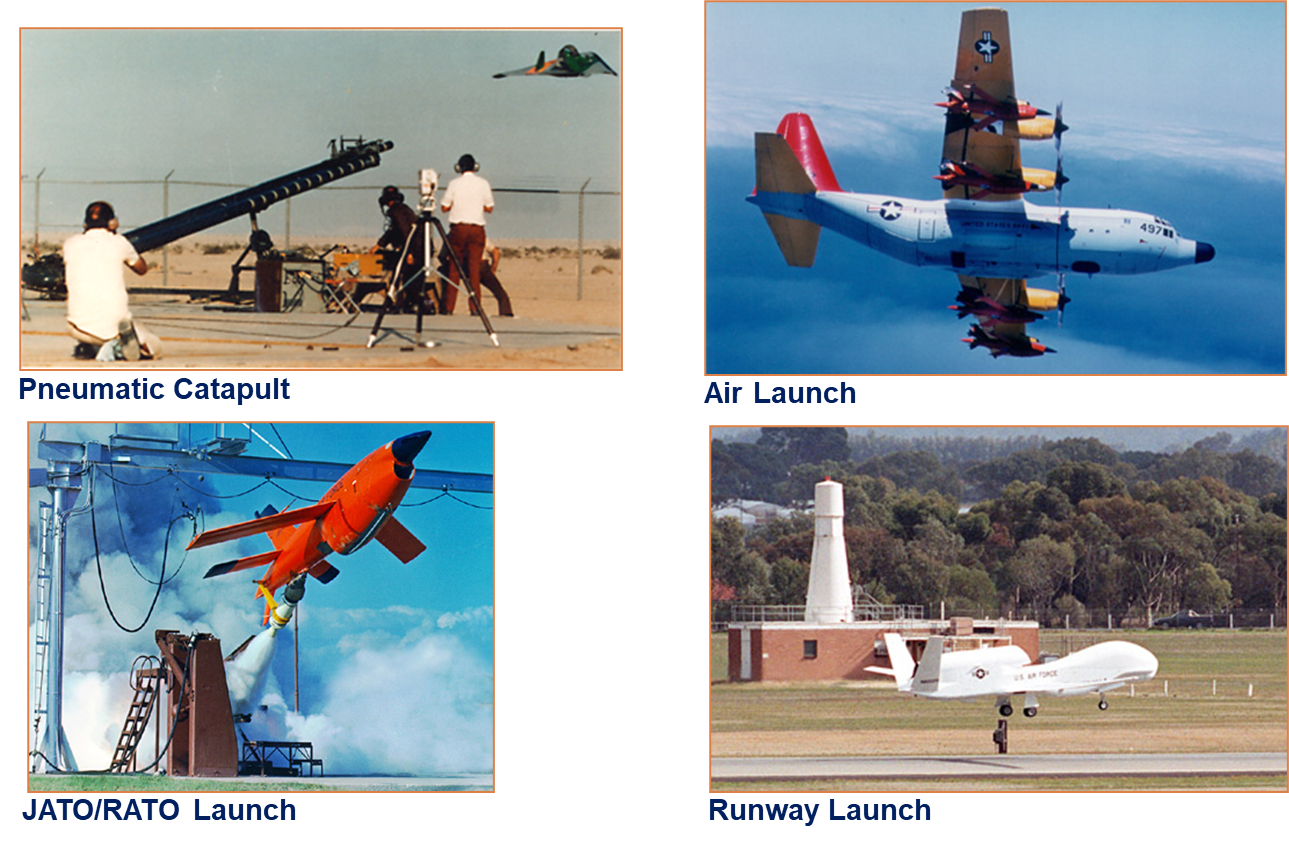
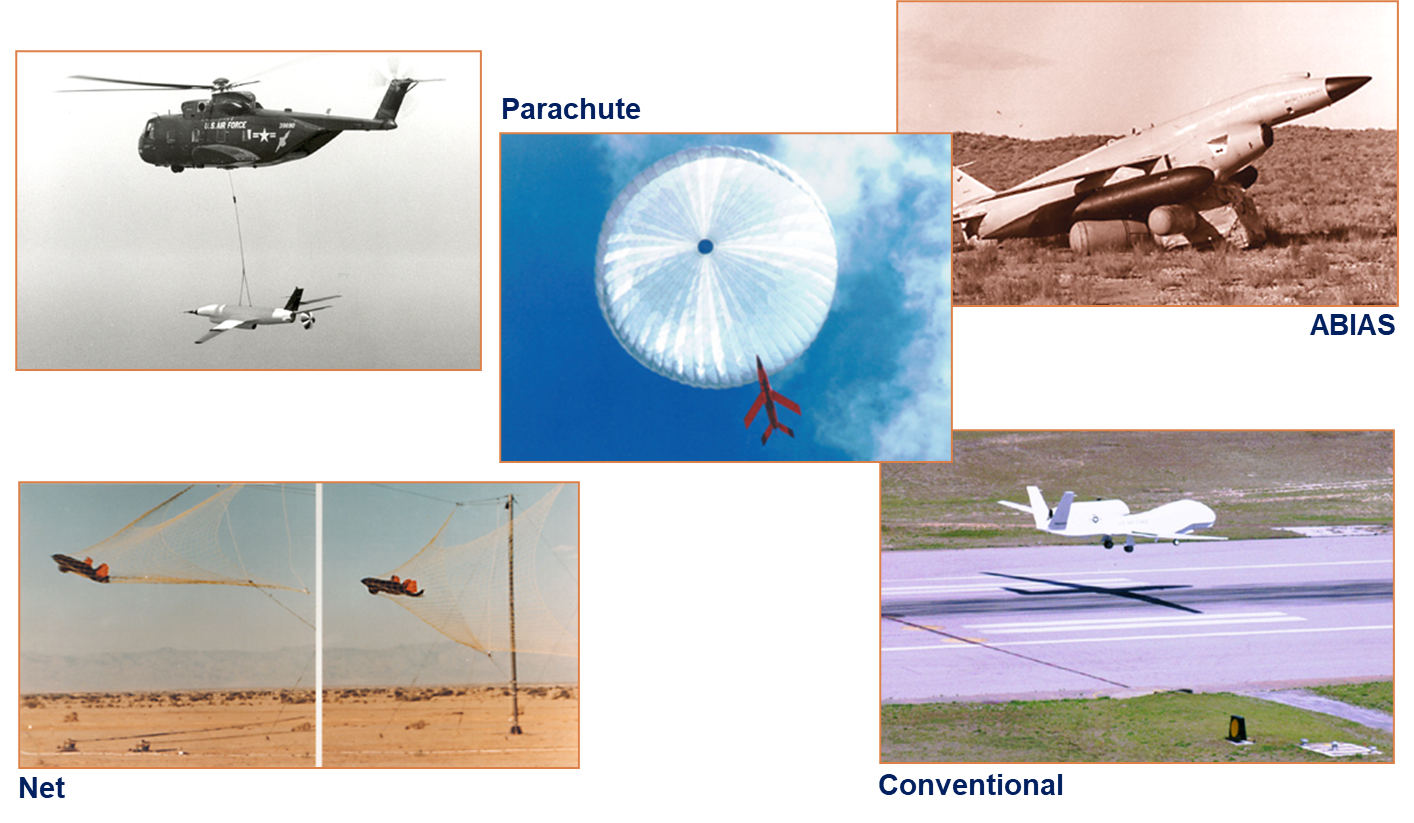
...
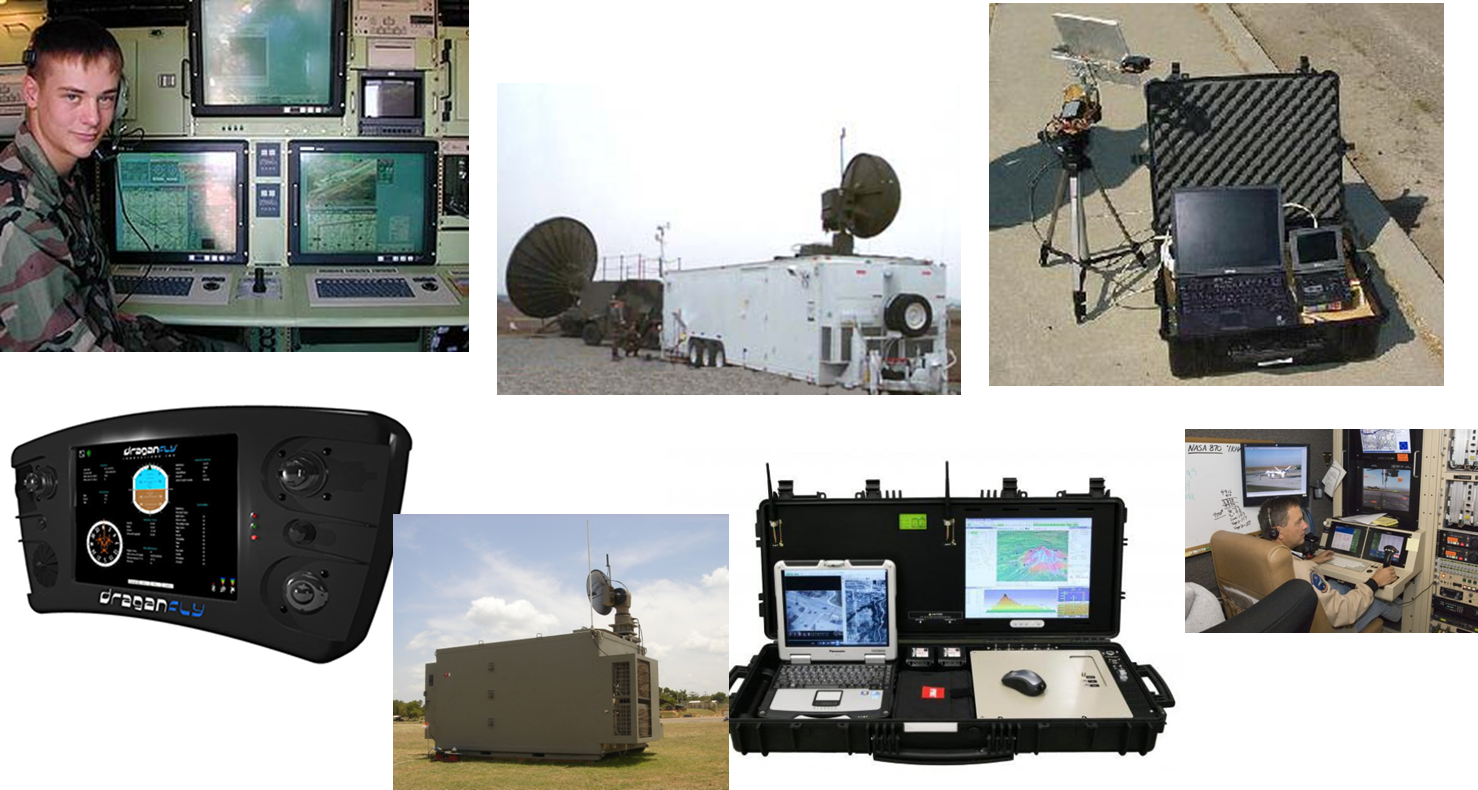
Ground control station (GCS) is a land- or sea-based control centre that provides the facilities for human control of Unmanned Aerial Vehicles (UAVs or "drones"). It may also refer to a system for controlling rockets within or above the atmosphere, but this is typically described as a Mission Control Centre.
...
Licensed under the Creative Commons Attribution Share Alike License 4.0